Lichen sclerosus (overview) Images
Go to article Lichen sclerosus (overview)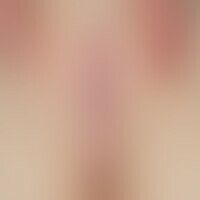
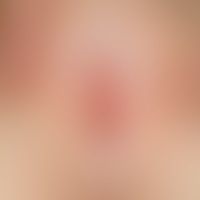
lichen sclerosus of the vulva.: whitish-porcelain-like skin of the large labia, also those at the perigenital region. discreet infestation of the perianal region. 5-year-old girl. for several weeks there has been occasional genital itching. the small labia have already elapsed in the lower parts. gaping vagina due to atrophy of the small labia.
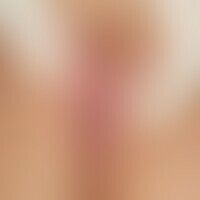
Lichen sclerosus et atrophicus: Solitary, chronically stationary, approx. 2.5 x 1.0 cm large, symmetrical, linearly striped, atrophic, sharply defined, flatly elevated, slightly increased in consistency, white, smooth, shiny, itchy, vaginal fluorine-coated plaque in a 13-year-old girl.
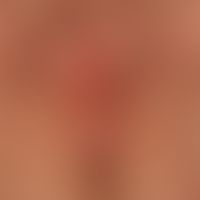
Lichen sclerosus et atrophicus: discrete infestation of the clitoris region; distinct infestation of the perineal region.

Lichen sclerosus with perianal infestation, vulva free, typical is the scahrf limited marginal zone opposite the healthy skin,

Lichen sclerosus et atrophicus: massive infestation of the vulva with bulging sclerosing of the labia majora and labia minora, first changes had occurred 10 years ago.
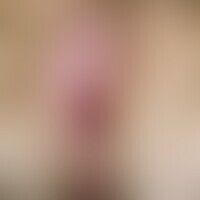
Lichen sclerosus et atrophicus. pinhead-sized, in places confluent, whitish shining papules. complete atrophy of the labia minora. associations with autoimmune diseases like vitiligo, alopecia areata or thyroid diseases are possible.
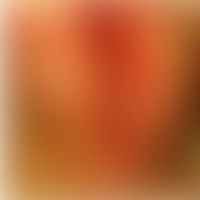
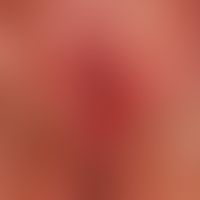
Lichen sclerosus et atrophicus: in addition to the still detectable changes of the lichen sclerosus, blurred, flat, erosive, red, solid plaque on the posterior commissure with spreading to the perineum. Histological evidence of a spinocellular carcinoma.

Lichen sclerosus et atrophicus: Severe perianal and vulvar infestation with speckled pattern of sclerotic and atrophic areas.
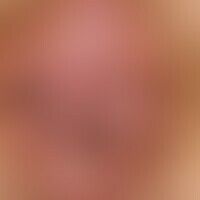
Lichen sclerosus (overview): a lichen sclerosus that has existed for many years; development of squamous cell carcinoma (see explanatory figure)


Lichen sclerosus with development of a squamous epithelial carcinoma: a lichen sclerosus that has been present for years. A red superficially eroded node that histologically proved to be a squamous epithelial carcinoma is encircled. Arrows mark the non-carcinomatous areas of the (chronic) lichen slcerosus.
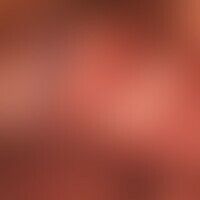
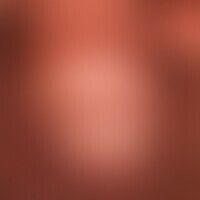
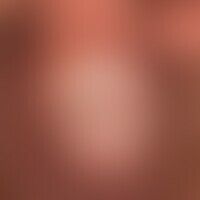
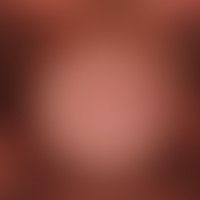
Lichen sclerosus et atrophicus.Severe involvement of glans penis and prepuce.

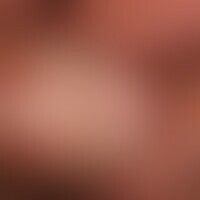
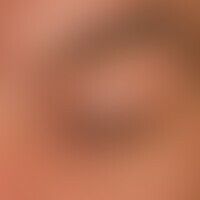
Lichen sclerosus extragenitaler: 45-year-old woman; since years existing striated Lichen sclerosus in unusual localization.
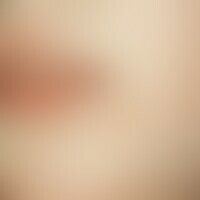
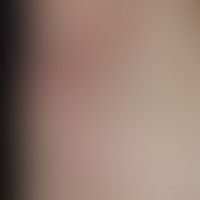
Lichen sclerosus of the axilla: large, less symptomatic, whitish, also reddish, atrophic shiny plaque; blurred, feathered border.
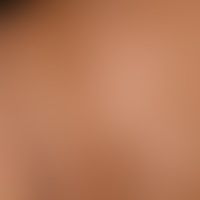
Lichen sclerosus: Extragenital lichen sclerosus. Besides the depigmentation, the pergamdendral hyperkeratosis of the lesional skin is conspicuous. Clinical signs: Moderate itching and feeling of tension.
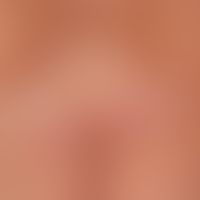
Lichen sclerosus et atrophicus. extensive extragenital 'infestation with typical "leathery" changes of the skin surface due to a distinct orthohyperkeratosis in the fallen areas. the areas are brightly discolored due to orhtohyperkeratosis and the underlying "edema zone". thus the natural color of the area is lost.
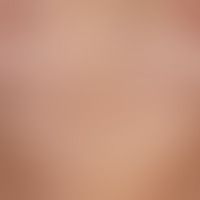
Lichen sclerosus et atrophicus generalized. large-area, symmetrical infestation with parchment-like skin alteration. no significant symptoms.

Lichen sclerosus et atrophicus generalized. large-area infestation with parchment-like skin alteration. red wheals in places, indicating that the process is "still active".

Lichen sclerosus et atrophicus. extensive infestation. extensive fresh and older bleeding.
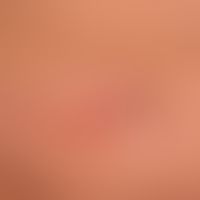
Lichen sclerosus et atrophicus. Extragenital, partially bullous Lichen sclerosus et atrophicus.
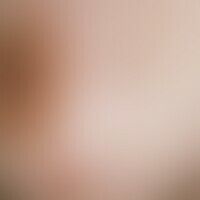
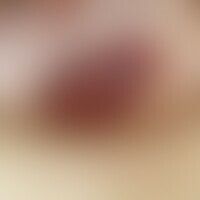
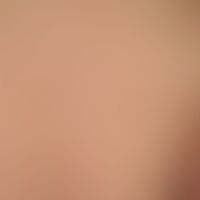
Lichen sclerosus et atrophicus: extragenital infestation. Monotopic infestation.
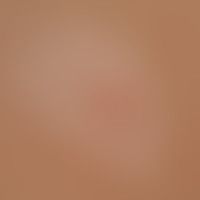
Lichen sclerosus et atrophicus. Extragenital involvement.
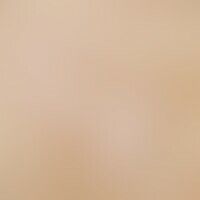
Lichen sclerosus et atrophicus, pinhead-sized, whitish shiny papules, confluent in places.
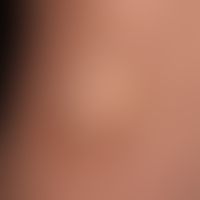
Lichen sclerosus et atrophicus.
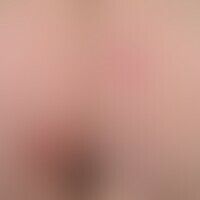

Lichen sclerosus et atrophicus . large-areainfestation with parchment-like, atrophic skin changes on the right thigh.
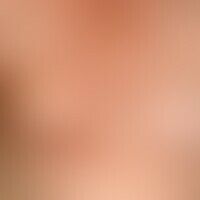
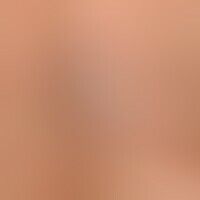
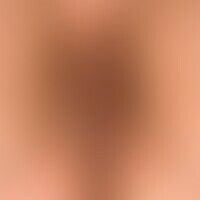
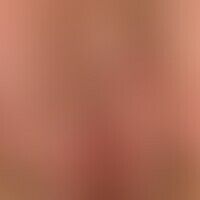

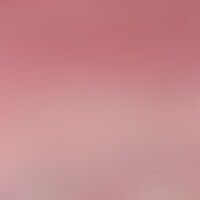





Laser scanning microscopy: Subepithelial, band-shaped homogeneous swelling zone of collagenous connective tissue, isolated inflammatory cells

Laser scanning microscopy: Tight collagen fibers below the homogeneous swelling zone